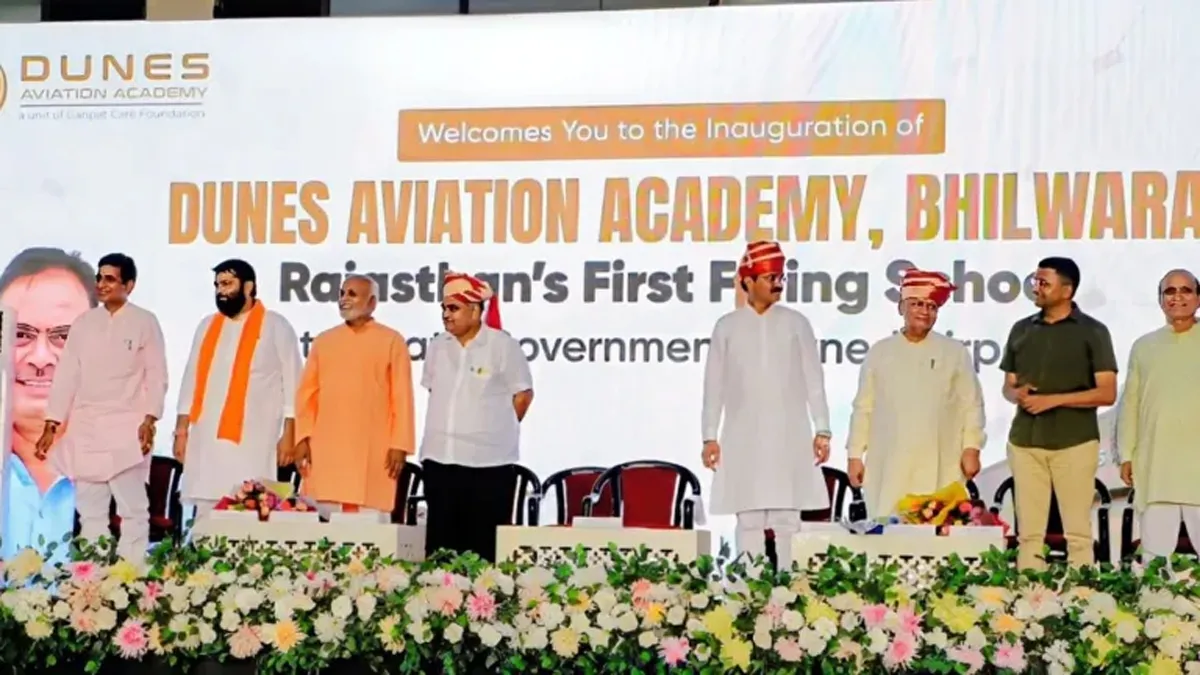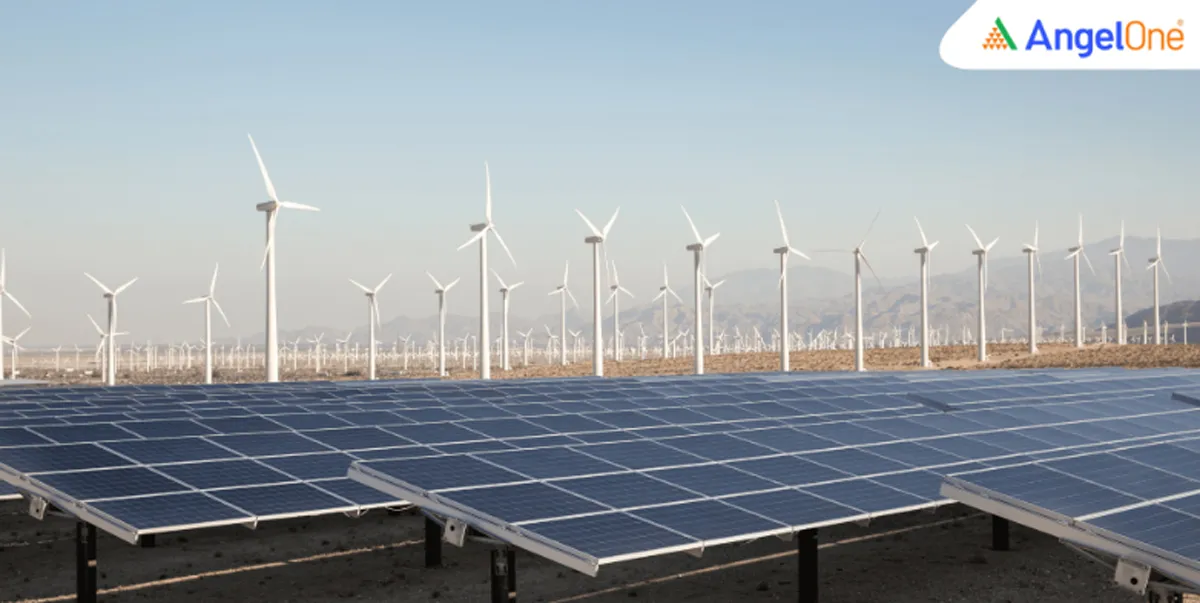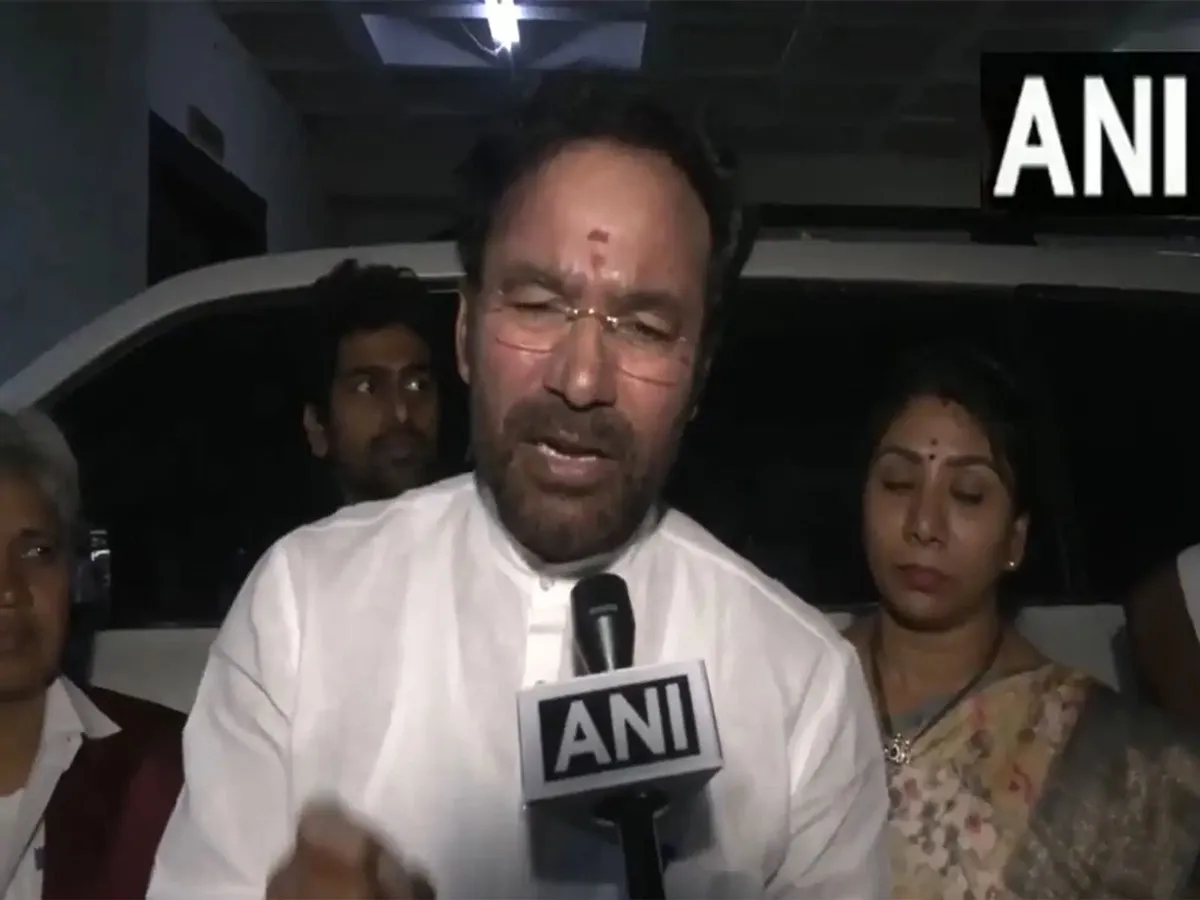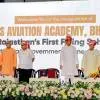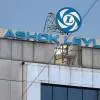A comprehensive and well-coordinated approach is required to ensure the viability and expansion of urban rail transit to match the rapid growth of cities in India, emphasises PwC India’s Manish R Sharma.
Oiling the wheels
Rapid population growth in urban areas will continue to drive the demand for urban mobility solutions
Ticketing continues to account for up to 70-80 per cent of revenues of most operational metro rail projects
Focus on expanding non-fare box revenues to make metro rail projects viable in the long term
An autonomous urban planning body to plan and regulate the mobility and land-use aspects is needed
Challenges of mobility and land use can only be resolved through a well-coordinated approach
India is the second most populous
country in the world after China and has witnessed rapid economic growth averaging over 7 per cent in the last three years. This rapid economic growth has also led to the expansion of urban areas with the result that close to 35 per cent of India’s population now resides in urban areas, with nearly 15 cities boasting a population of around 2 million or above. This rapid expansion of urban population centres has also led to a commensurate increase in travel demand.
Per capita trip rates are expected to increase to 1-2 from current levels of 0.8-1.5 in the next seven years. This will, in turn, result in increasing traffic congestion, adverse environmental impacts of vehicular pollution and deterioration in citizens’ quality of life. Therefore, planners need to plan and design efficient urban mobility solutions to ensure quality of living, promoting trade and sustainable economic growth in the cities.
Planners can choose between Bus Rapid Transit (BRT), Light Rail Transit (LRT), or monorail, relying on parameters like trip length, peak hour peak direction traffic (PHPDT), etc., based on guidelines of the Ministry of Housing and Urban Affairs (MoHUA). Many cities in India have made choices between rail-based mass transit and road-based mass transit and a few have opted for both. Currently, 16 cities in India have rail-based urban transport systems and another nearly half a dozen have metros under construction. A large number have undertaken detailed studies to implement rail-based urban transport systems.
However, urban transit solutions are not without their problems. Compared to initial projections made in the detailed project reports (DPRs) actual ridership is often significantly off-mark. The ridership numbers have been between 20-40 per cent of DPR estimates in most cities, and have only been closer to 90 per cent in the first phase of Mumbai metro. As a city, the use of public transport has always been historically high in Mumbai. In addition to ridership issues, the construction of metros in a rapidly urbanising urban environment is a major issue. While land issues have been largely addressed, challenges like shifting the utilities and availability of work fronts with necessary approvals from multiple agencies remain, leading to delays and cost overruns.
Enhancing non-fare box revenue is another major challenge for ensuring the viability of metro projects. Ideally, not more than 35-40 per cent of revenue requirement should come from ticketing with the rest coming from non-fare box sources. However, in India, the ticketing revenue is still a very high proportion of total revenues contributing
70-80 per cent of total revenues. Raising fares is not an option as it will make the metro un-competitive and lead to passengers moving to other modes of transport, setting off another new set of challenges for urban planners.
From an operations perspective, the rising cost of energy is also a major issue since energy costs comprise around 35-40 per cent of the total operating cost for a metro, and therefore, energy-efficient designs are the need of the hour. The metro system also ends up competing with other modes of transport in most cities, especially buses, impacting the viability of both investments.
Addressing the basics
While the issues are many, the solutions need to be simple. Foremost among them are resolving the institutional and structural aspects, which can start a chain reaction to rectify most other problems. There is a critical need to create an independent urban planning body with twin mandates to plan and regulate, the mobility and land-use aspects, with both working in close coordination. For instance, mobility options such as metro, rail or any other urban transit system need a system-level integration from the planning perspective. From an organisational point of view, it has been tried under the Unified Metropolitan Transport Authority (UMTA). However, this hasn’t succeeded primarily because the underlying planning was still siloed. The way to handle this challenge is to create a completely mode-agnostic planning unit, focused solely on ‘improving customer journeys’. Moving away from the philosophy of ‘making assets efficient’ and instead pivoting around ‘customer journeys’ is possibly the core issue that needs to be addressed.
Planners need to start thinking like product managers and decisions on investments in flyovers, metro, micro-mobility, or pedestrian infrastructure should solely be under this unit focused on improving customer journeys. The Urban Local Bodies (ULBs) and the entities responsible for setting up and operating buses and metros should only be responsible for implementation. The moment customer experience improves, willingness to pay improves, funding and financing get streamlined, congestion improves, modal shift starts happening, emissions get taken care of and so on.
However, mobility planning alone can do only so much. Without controlling land use, any level of mobility planning will have a limited shelf-life and will stop working after a while. The bottom line is how do we minimise trips and trip lengths? A railway yard or warehouse in the middle of a city will always result in congestion. If real estate development with a large floor area ratio (FAR) goes unchecked without understanding traffic patterns and limitations, congestion is again inevitable. If the city can't create close-knit microcosms wherein ‘where people work’ and ‘where people live’ are close by, and instead, people make 15 km trips on either side in a personal car, congestion is bound to happen.
From a regulatory aspect, another issue worth addressing in the Indian context is the absence of regulations that control urban sprawl. The urban sprawl leads to segregated habitation to reduce the catchment area of urban rail. This calls for regulations disincentivising suburban sprawl. One such measure involves imposing development impact fees to pay for the impact of such developments. Imposing transportation impact fees is practiced in several countries and is a source of revenue to fund sustainable modes of transport. The Greater Hyderabad Municipal Corporation has commenced the process to impose such fees on future developments. While this measure can provide a vital financing source, earmarking fees for sustainable modes becomes key to ensuring that the adverse impacts of suburban growth are countered sustainably.
Ultimately, urban congestion is not
just a transport problem but also a
land-use problem and solving for mobility
and land use in isolation will complicate
things further. The two are inseparable and need to be planned and solved simultaneously with proper regulation backed by institutional and governance structures for planning
and implementation.
About the author:
Manish R Sharma is the Partner & Leader of Infrastructure, Transport and Logistics at PwC India.
